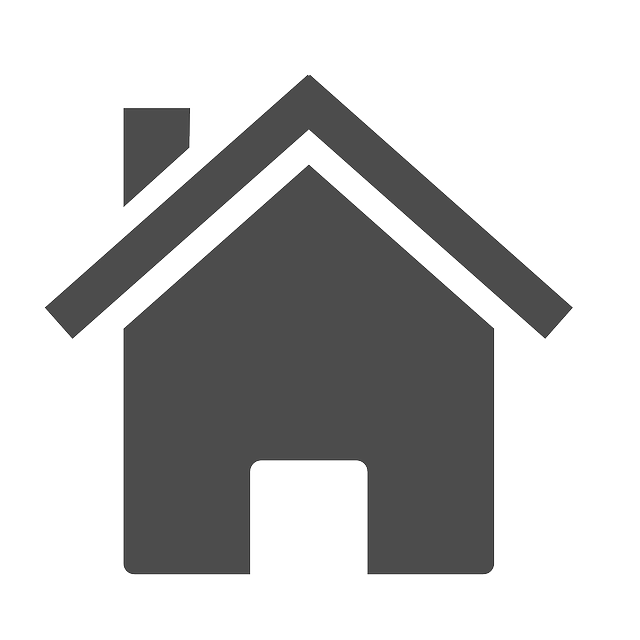Surveillance camera systems are complex networks designed for area monitoring and recording, offering various types (fixed, PTZ, hidden) with unique applications. Key components like high-res sensors, storage solutions, and network connections enable real-time data transmission. Advanced features enhance effectiveness. Planning involves assessing monitoring areas, lighting, obstacles, legal frameworks, and privacy compliance. Optimal equipment selection includes high-quality cameras, robust hardware, and user-friendly software for efficient monitoring and incident response. Expert installation optimizes performance, enhances security, and provides peace of mind through strategic placement, detailed network designs, hardware setup, and software configuration. Regular maintenance, cleaning, connection checks, optimization, firmware updates, and feature familiarity ensure peak performance.
“Elevate your home or business security with expert installation of surveillance camera systems. This comprehensive guide delves into every facet, from understanding diverse camera types and their components to planning installation based on unique security needs and site considerations.
We explore the critical process of selecting the right equipment, offering insights on cameras, hardware, and software solutions tailored to specific requirements. Furthermore, our step-by-step installation process ensures best practices for a robust system. Discover post-installation tips for optimal performance and peace of mind.”
- Understanding Surveillance Camera Systems: Types and Components
- Planning for Installation: Assessing Security Needs and Site Considerations
- Choosing the Right Equipment: Cameras, Hardware, and Software Solutions
- Expert Installation Process: Step-by-Step Guide and Best Practices
- Post-Installation Maintenance and Optimization Tips
Understanding Surveillance Camera Systems: Types and Components

Surveillance camera systems are a complex network of technology designed to monitor and record activities in a given area. Understanding these systems involves grasping their various types and components, each playing a crucial role in enhancing security and safety. The most common types include fixed cameras, pan-tilt-zoom (PTZ) cameras, and hidden or covert cameras, each offering distinct advantages depending on the application.
Key components of surveillance camera systems include high-resolution sensors for capturing clear images, robust storage solutions to hold vast amounts of data, and reliable network connections enabling real-time transmission. Advanced features like motion detection, digital zoom, and night vision further enhance their capabilities. These elements work in harmony to provide comprehensive coverage, ensuring that every angle is captured and potential threats can be swiftly identified and addressed.
Planning for Installation: Assessing Security Needs and Site Considerations

When planning for the installation of surveillance camera systems, a thorough assessment of security needs and site considerations is paramount. The first step involves evaluating the areas to be monitored—whether it’s a residential property, commercial building, or public space—to determine the specific requirements for coverage and resolution. Factors such as lighting conditions, obstacles like trees or buildings, and environmental conditions play a crucial role in deciding on camera types and placement.
Site considerations also encompass understanding the legal and regulatory frameworks governing surveillance in the area, ensuring privacy compliance, and addressing any aesthetic concerns to maintain an unobtrusive installation. A well-thought-out plan that considers these aspects ensures optimal performance of surveillance camera systems while adhering to ethical standards.
Choosing the Right Equipment: Cameras, Hardware, and Software Solutions

Choosing the right equipment is paramount for any successful surveillance camera system installation. It starts with selecting high-quality cameras that offer clear, detailed images, day or night. Modern surveillance systems leverage advanced technology like HD and 4K resolution, infrared capabilities, and pan-tilt-zoom (PTZ) functions to ensure comprehensive coverage.
Complementing these are robust hardware components such as reliable power supplies, network switches, and storage devices that can handle the continuous data flow. Software solutions are equally critical, providing features like remote access, motion detection, and advanced analytics. Integrating user-friendly software with your surveillance camera systems allows for efficient monitoring, quick incident response, and peace of mind.
Expert Installation Process: Step-by-Step Guide and Best Practices

The expert installation of surveillance camera systems involves a meticulous process that ensures optimal performance, security, and peace of mind. It begins with a thorough assessment of the site, identifying strategic placement locations for maximum coverage while minimizing visibility to deter potential intruders. Next, professionals map out a detailed network design, considering factors like cable routing, power sources, and internet connectivity.
Installation then delves into hardware setup, involving mounting cameras at ideal angles and distances, ensuring clear and unobstructed views. Wiring is carefully managed, with proper labeling and secure connections to prevent interference and signal loss. Software configuration follows, allowing for remote access, motion detection adjustments, and customized alerts. Regular testing and calibration ensure the surveillance camera systems function seamlessly, providing comprehensive security solutions that meet individual needs.
Post-Installation Maintenance and Optimization Tips

After the initial installation, proper maintenance and optimization are crucial for surveillance camera systems to function at their peak performance. Regular cleaning and inspection of cameras ensure clear and consistent footage quality. Dust, dirt, and debris can accumulate over time, impacting image resolution, especially in outdoor setups. A simple wiping down with a microfiber cloth and appropriate cleaning solutions can make a significant difference. Additionally, checking connections and power supplies is essential to prevent unexpected outages.
Optimizing surveillance systems involves fine-tuning settings for optimal visibility and efficiency. This includes adjusting camera angles, zooming levels, and motion detection sensitivity. Regularly updating firmware and software ensures the system stays secure and incorporates any performance enhancements. Users should also familiarize themselves with the system’s capabilities, such as night vision mode or advanced analytics, to make the most of their surveillance camera investment.
The expert installation of surveillance camera systems is a multifaceted process that involves understanding various types and components, thorough planning, strategic equipment selection, and meticulous implementation. By integrating these steps, you can ensure optimal security and peace of mind. Remember, the right surveillance system not only deters crime but also provides valuable insights, enhancing your overall safety and security.
